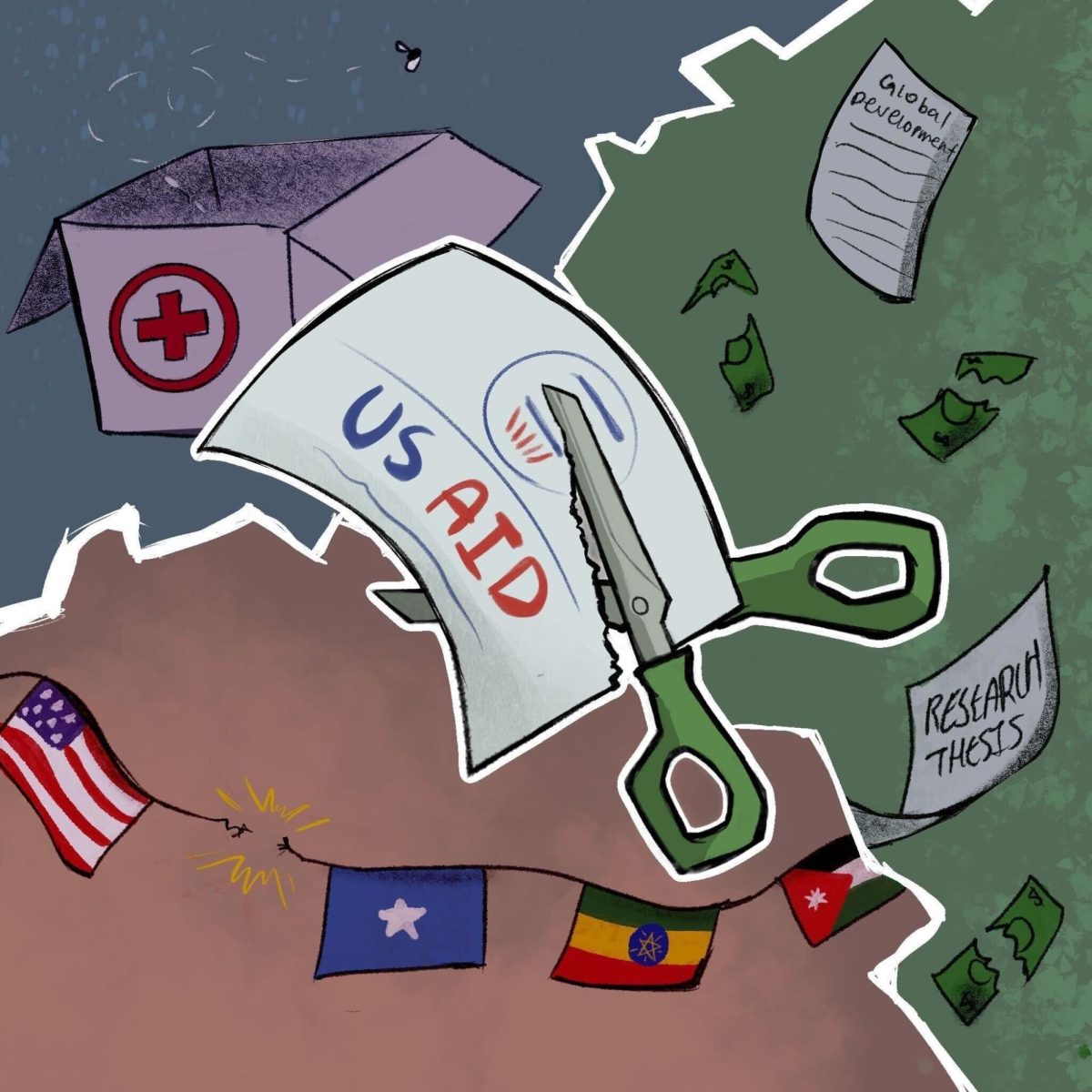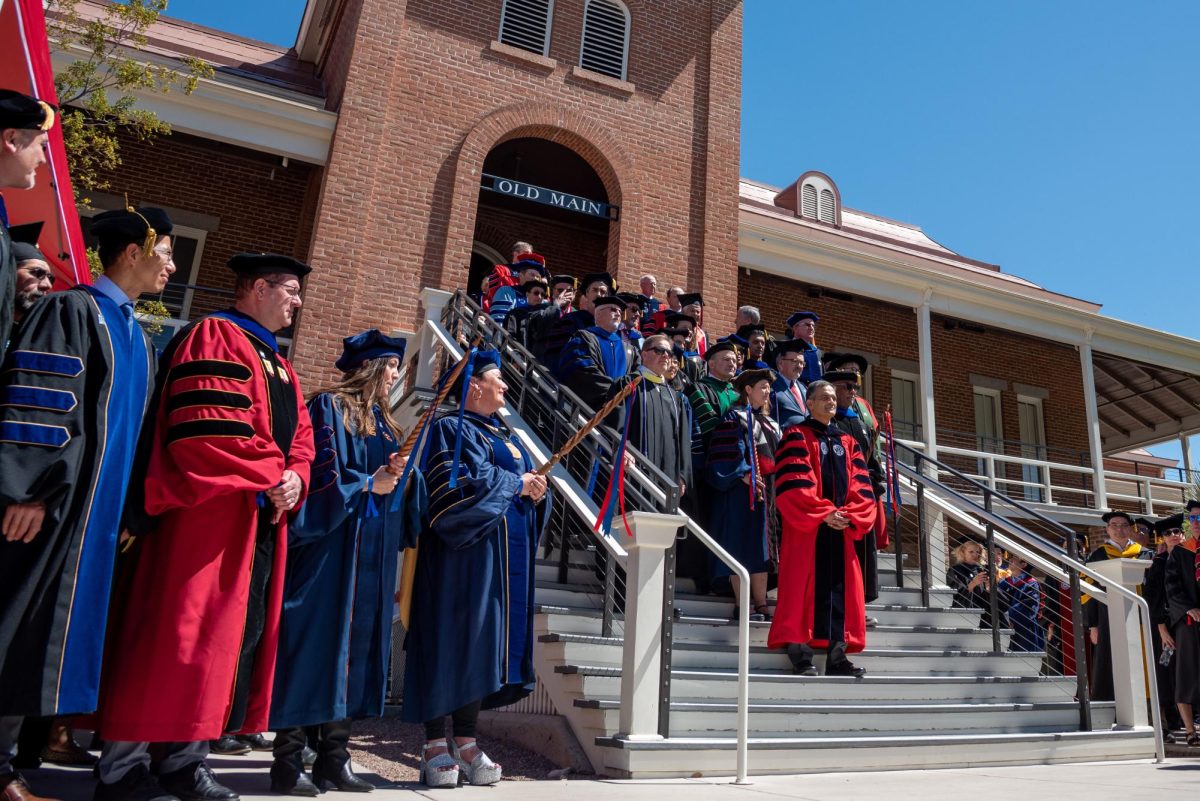A crowd of about 50 packed into the Cushing Street Bar & Restaurant Tuesday to participate in the latest Science Café, a series comprised of monthly talks sponsored by the Flandrau Science Center.
Tuesday’s talk, entitled “”Simply Smashing: The Large Hadron Collider Ramps Up”” was given by Michael Shupe, a UA physics professor. The forum concerned his work with the Large Hadron Collider, which is a machine that accelerates and smashes particles at velocities approaching the speed of light.
“”Imagine if someone took two Swiss watches and smashed them together, then looked at the smashed pieces on the ground and tried to figure out how the watches worked from that,”” Shupe said. “”That, in essence, is what we are doing with the collider.””
The Large Hadron Collider is an international cooperative effort of over 10,000 scientists from more than a hundred countries and universities. The collider has some local ties. The ATLAS experiment is one of six particle detector experiments currently being conducted on the Collider, and is a $1.5 billion machine that features two parts, which were manufactured in Tucson.
“”Arizona was the only group in the United States to make a major change to the design of ATLAS,”” Shupe said, “”and the fact that it was done right here in Tucson is really quite extraordinary.””
Shupe expressed hope that the collider, the largest such machine ever built, can expand upon the success of its predecessors, and that scientists can utilize new opportunities to shed light on previously misunderstood aspects of the universe.
“”The collider can accelerate particles to almost the speed of light, and maintain that velocity for almost ten hours,”” Shupe said. “”That’s enough time to get to Neptune and back. Obviously we are extremely excited about what we might discover.””








